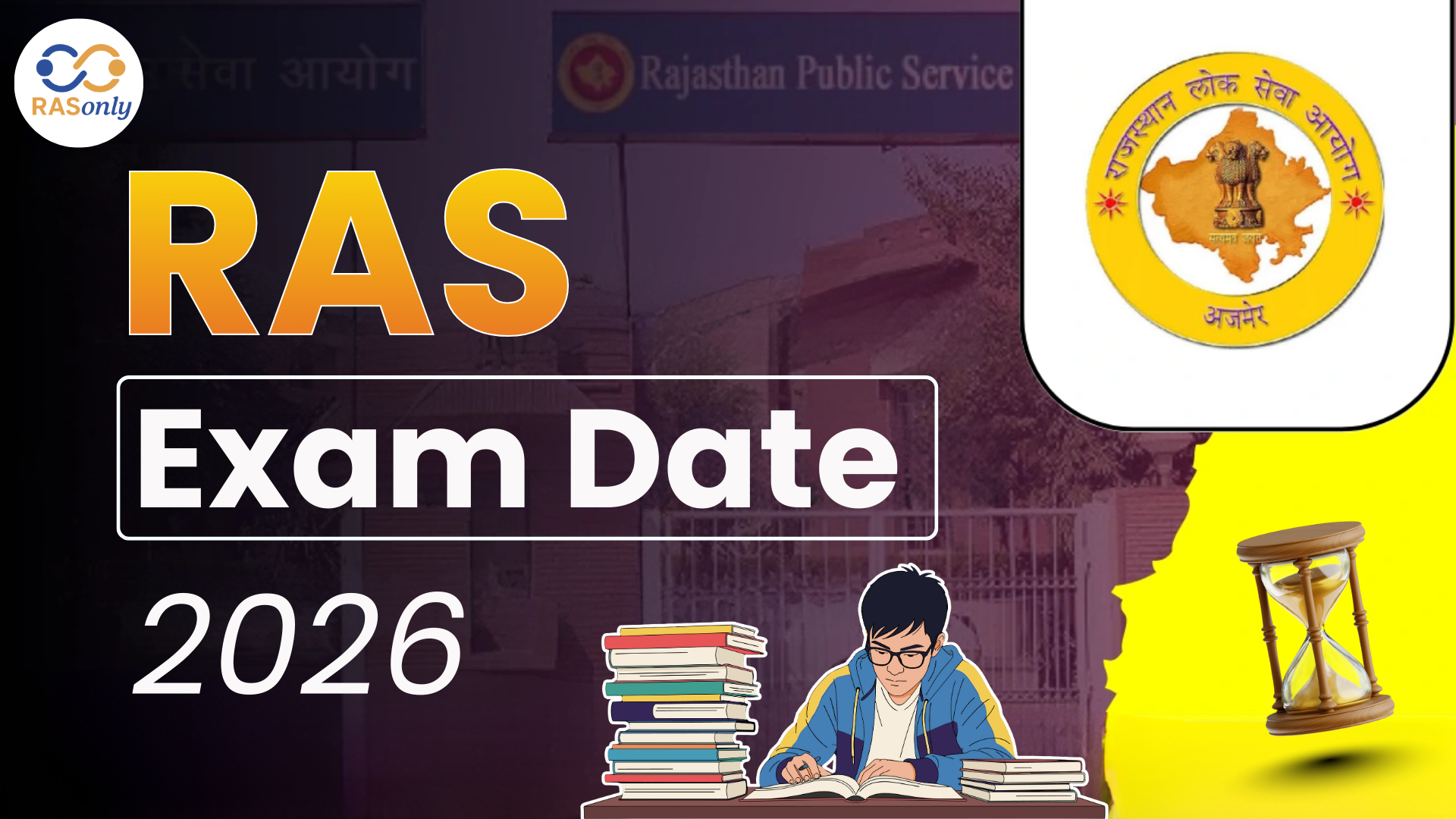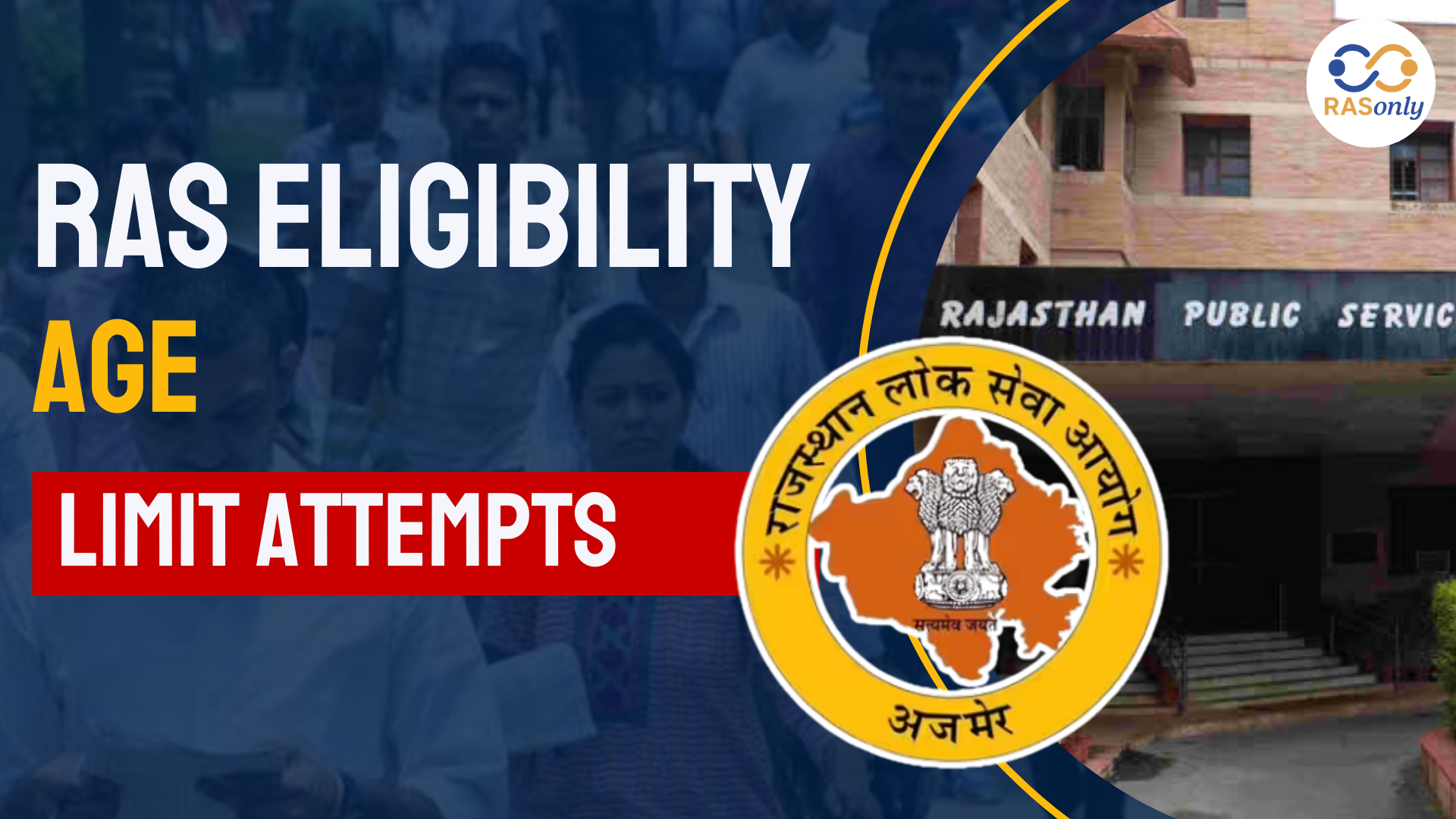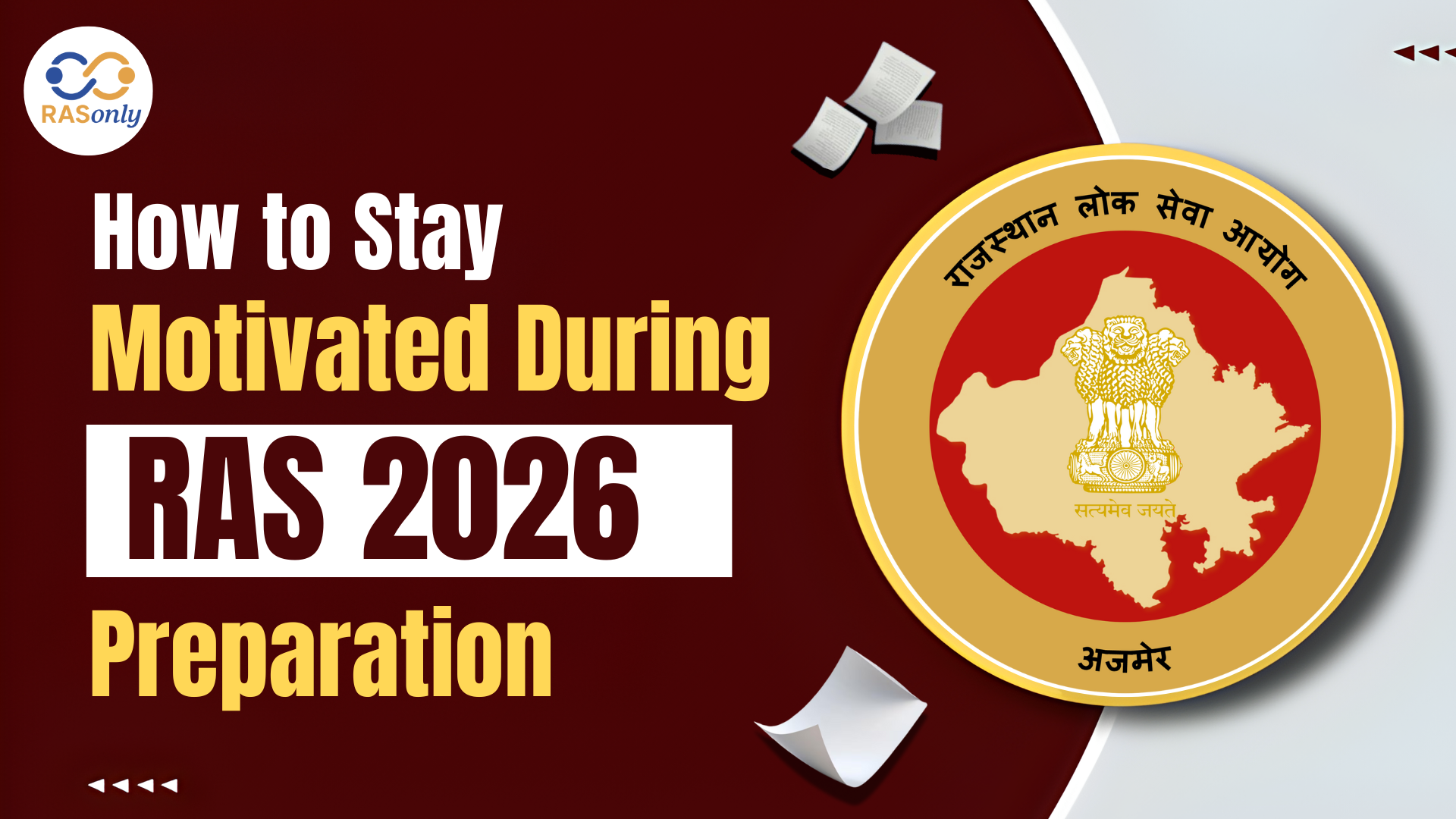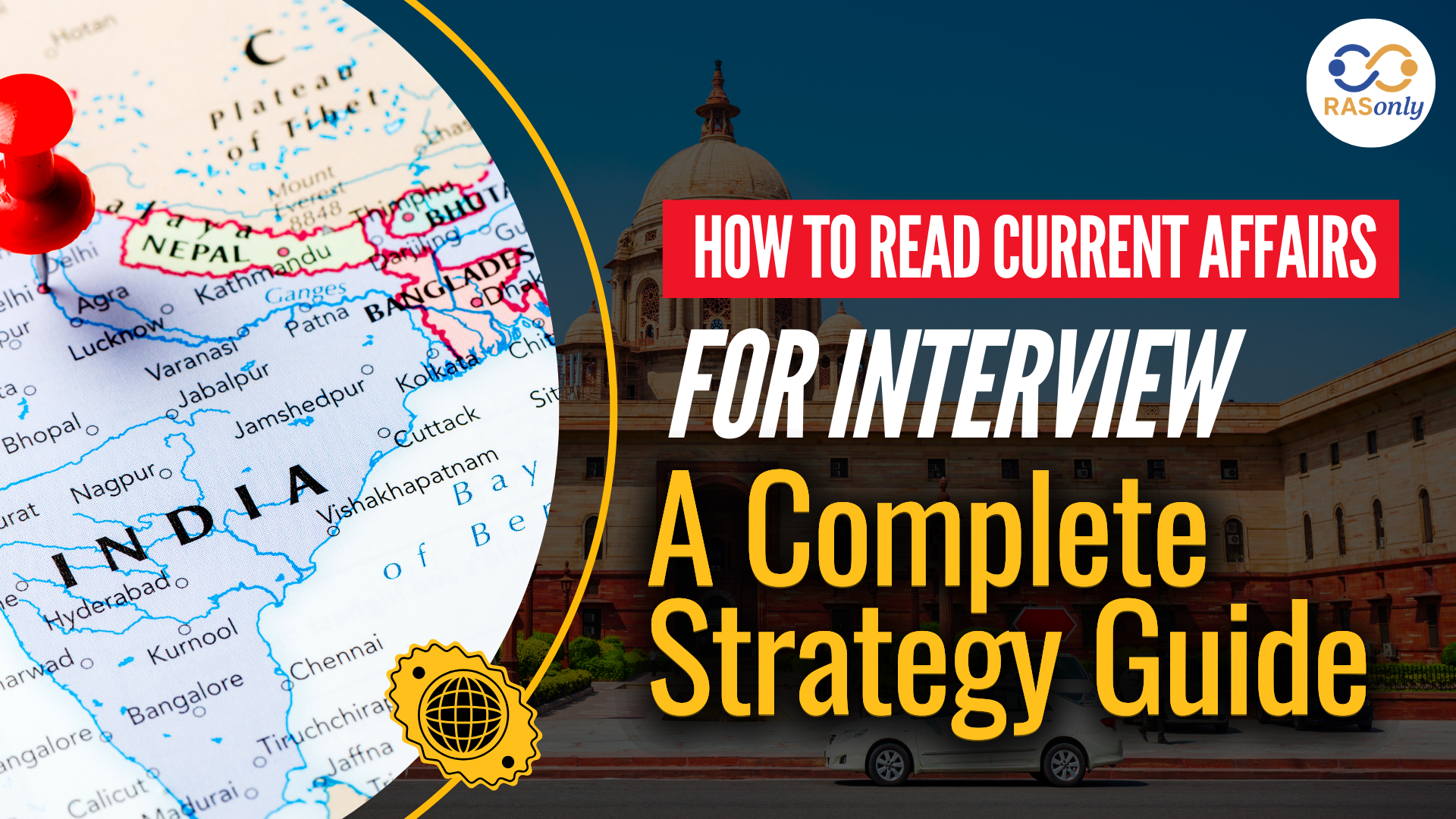RAS Exam Date 2026 for Notification, Prelims, Mains Date
- >
- RAS Preparation Resources
- >
- What is federalism?
What is federalism?

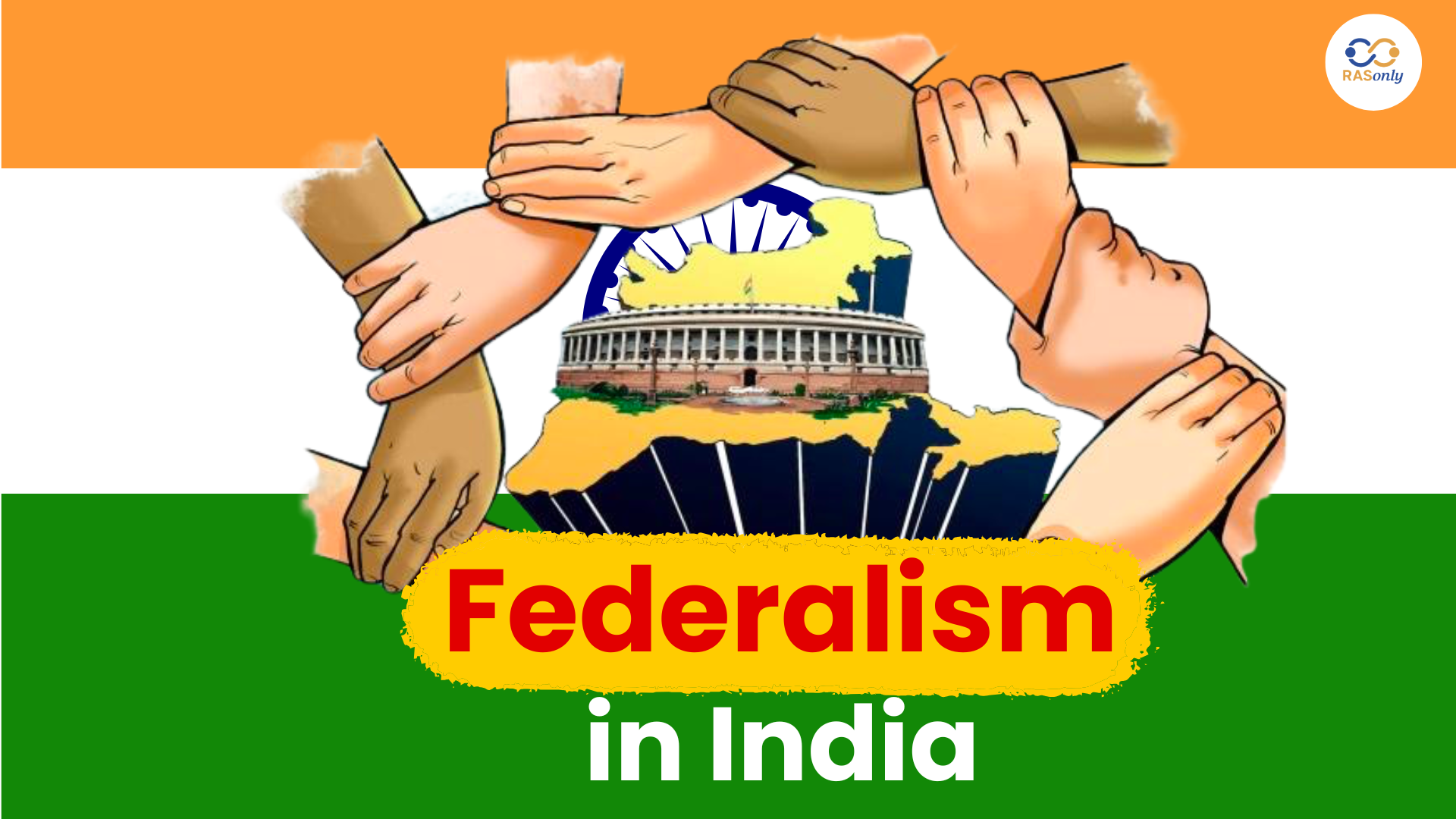
Indian federalism is amalgamation of ideologies of power-sharing and powerful Centre to bring unity and administrative effectiveness to the nation. Indian federalism has been undergoing changes over time depending on constitutional, political, judicial developments that have supported a balance between autonomy and coordination. The Indian model meets the necessities of unity in diversity where national unification can be realized without the sacrifice of regional identities. Indian federalism is characterized by cooperative and competitive relationships; there are changing centre-state relations and politics, economy, and crisis, such as the COVID-19 pandemic influencing them. India features a strong unitary aspect although it is a constitutional federal system and thus scholars have referred to it as a quasi-federal system.
Key Highlights for RAS Mains
What is federalism?
- Federalism can be described as the system in which the central control and regional powers are separated (such as the division of power between the centre and states).
- This power-sharing is captured in the Indian Constitution, and they include an additional third level- the local self-government which was added through the 73rd and 74th Amendments.
Features of Federalism in India
- Separation of powers: AmongCentre, States and Local Bodies.
- Constitutional Superiority: Path and authority.
- Independent judiciary: Solves inter-governmental conflict.
- Bicameral legislature: states are represented by Rajya Sabha.
- Flexibility: Modifiable to the change of needs and challenges.
Indian Federalism-Trends
- Pre-Independence Period
- The generation of federal ideas occurred in the Simon Commission Report (1930).
- Indian federalism was outlined by the document Government of India Act, 1935.
- A powerful Centre with autonomous provinces was approved in the Constituent Assembly (1946).
- The after-Independence Developments
- The early periods were ruled by centralised federalism.
- Issues such as Emergency (1975) put centre-state relations under the test.
- Further on, the politics of democracy was enforced into the hands of the grassroots through the decentralisation (1990s and onward) of Panchayati Raj and urban local bodies.
- This has led to the revival of the discussions on Centre-State coordination and autonomy due to recent events such as the pandemic caused by COVID-19.
Indian Federalism and its Statements
- Accepts diversity: Language, culture, regional-rule.
- Bolsters democracy in participation: By means of decentralised decision-making.
- Enhances governance: Short-term policy making with reaction to the regions.
- Guards the rights of minorities: Domestic responsiveness to different needs.
Federal Provisions in the Constitution
| Provision | Article |
|---|---|
| India shall be a "Union of States" | Article 1 |
| Division of powers: Union, State, Concurrent lists | Article 246 & 7th Schedule |
| SC resolves Centre-State disputes | Article 131 |
| Federal features can only be amended with state ratification | Article 368 |
| Bicameral legislature: Rajya Sabha represents states | Article 79 |
| States have constitutional existence | Part VI |
Unitary Features of Indian Constitution
| Feature | Examples |
|---|---|
| Non-indestructible states | Article 3: Centre can alter state boundaries |
| Emergency provisions | Article 352 & 356: Centralisation during crises |
| Residuary powers | Article 248: Vested in the Centre |
| Supremacy in Concurrent List | Article 254: Centre’s law overrides state law |
| Single Citizenship | Unlike USA/Switzerland |
| All India Services | IAS/IPS integrate Centre into State administration |
| Integrated Judiciary | SC at apex; no dual court system |
Quasi-Federal Nature
- India is both federal and unitary in nature depending on the situations.
- Dr. B.R. Ambedkar: India without having a federal constitution is federal during normal days but unitary during emergency.
- The Indian federalism is not symmetrical, the Union has greater power both legislative, executive as well as financial division.
- Is commonly known as a centrally biased federation or bargaining federalism.
Conclusion for RPSC
Federalism in India is a living creation with equality, keeping a balance between unity and regional autonomy. Although it is anchored in the provisions in the constitution, its true power is embodied by the way it manages to adjust to the adjustments that take place in the political, economic, and social environment. Fiscal federalism and cooperative federalism are the new order of the day and this is more so with future regional interests and international realities. In an ethnically diverse nation such as India, federalism continues to play a significant role in inclusive growth, good governance, as well as deepening democracy.
Post Category
- RAS Salary
- Result
- RAS Admit Card
- RAS Job
- RAS Cutoff
- Preparation Tips
- RAS Answer Key
- RAS Exam Analysis
- RAS Syllabus
- RAS Previous Year Papers
- RPSC RAS Exam Pattern
- RAS Interview
- RAS Mains Exam Date
- RAS Vacancy
- RAS Test Series
- RAS Best Books
- RAS Preparation Resources
- RAS Coaching Centre
- History
- Polity
- Geography
- Economics
- Science
- Art and Culture
- RPSC RAS Application Form
- RPSC RAS Notification
RASonly Interview Guidance Program

Mr. Ashok Jain
Ex-Chief Secretary Govt of Rajasthan
- IAS officer of the 1981 batch, Rajasthan cadre.
- Passionate about mentoring the next generation of RAS officers with real-world insights.
- Got retired in Dec 2017 from the post of Chief Secretary of the state of Rajasthan.

Mr. Guru Charan Rai
Ex-ASP / SP in Jaisalmer
- Guru Charan Rai, IPS (Retd), retired as Inspector General of Police (Security), Rajasthan, Jaipur in 2017.
- Served as ASP and SP in Jaisalmer, Nagaur, Sri Ganganagar, Sawai Madhopur, Dausa, Sikar, and Karauli.
- He also held key positions as DIGP and IGP in the Law and Order division.

Mr. Rakesh Verma
Ex-IAS Officer, B.Tech, MBA, and M.A. (Economics)
- IAS officer of the 1981 batch and retired in Chief Secretary Rank.
- Civil servant of high repute and vast experience.
- Has been teaching UPSC CSE subjects for the last six years.
Related Post
👉🏻 Register Today to Join Classes! 👍🏻
- Team RASOnly -
🎯 Benefits of RASOnly Coaching:
- ✅ 1:1 Mentorship with RAS Officers
- ✅ Experienced and Expert Faculty
- ✅ Free Library Access
- ✅ Daily Minimum 4 Hours Must
- ✅ Comprehensive Study Material
- ✅ Regular Tests & Performance Analysis
- ✅ Personalized Guidance & Doubt Solving
- ✅ Online & Offline Class Options
- ✅ Affordable Fees with Quality Education
Key Highlights:
- 👉🏻 3-Day Refund Policy
- 👉🏻 New Batch Starting from 04 August
- 👉🏻 Registration Amount: Only ₹1000

